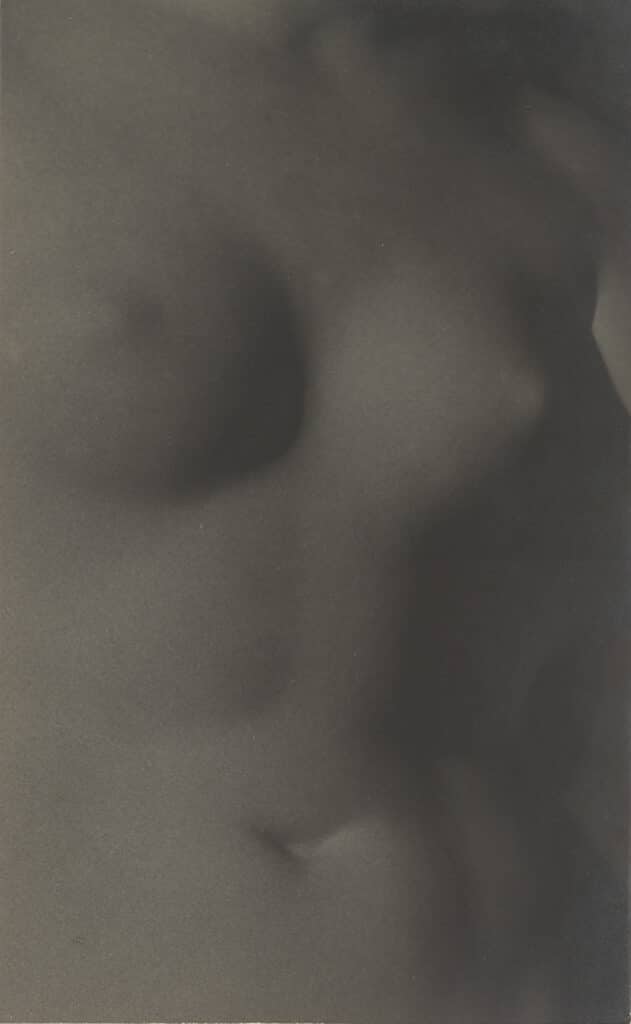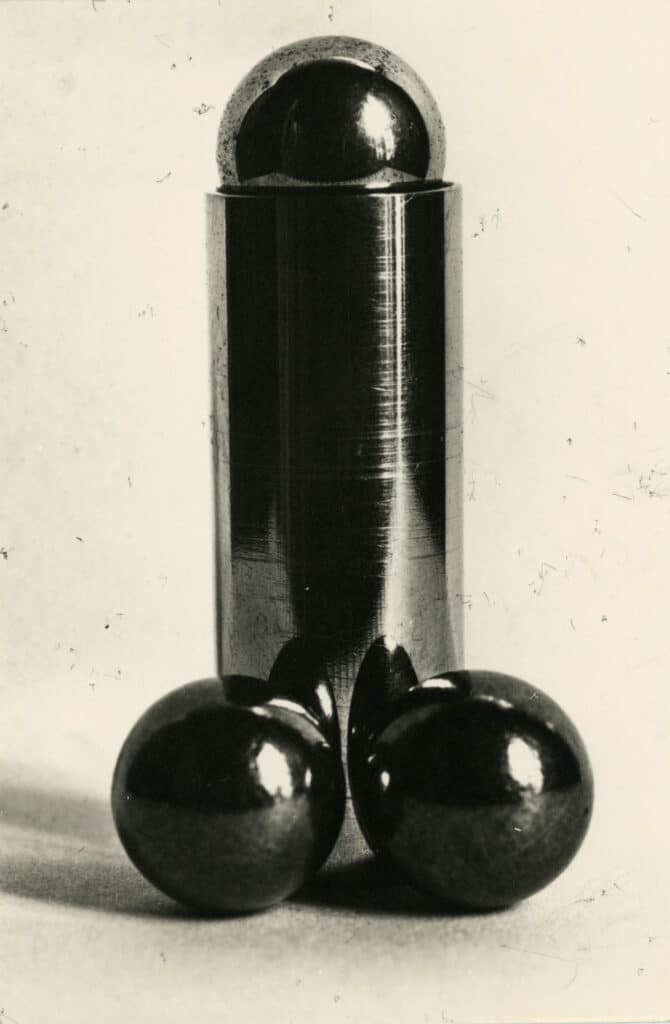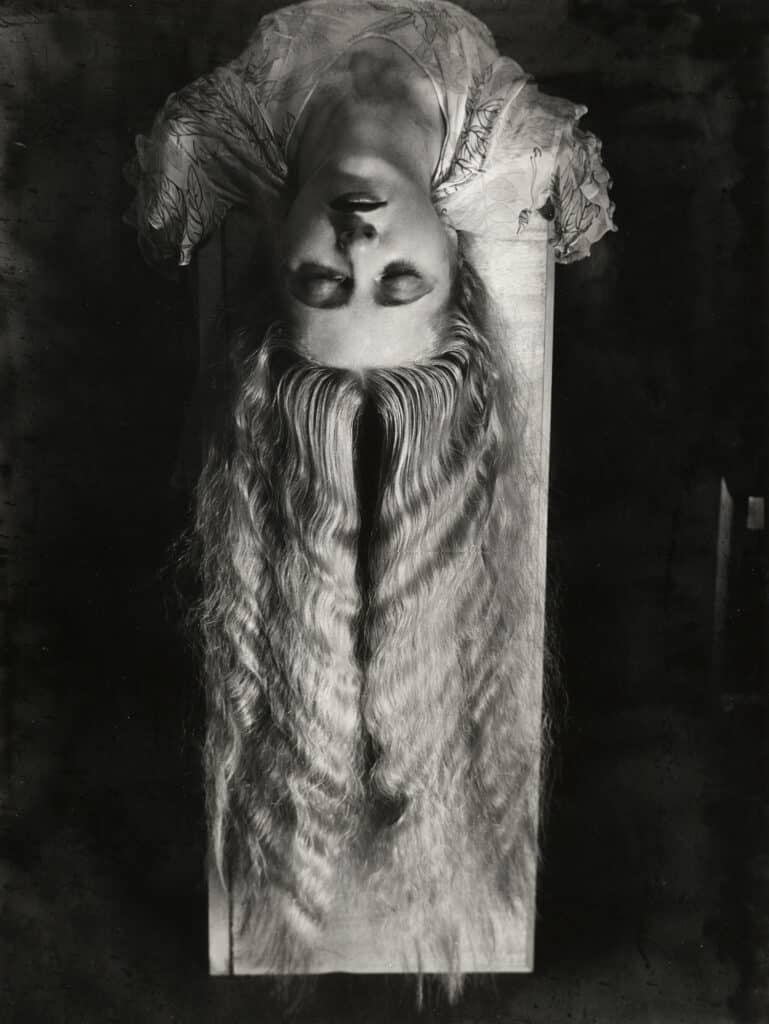The mere name of Man Ray often provokes wonder and fascination. And while much has been written about his groundbreaking career and his importance to the Dada and Surrealist movements, his work is impossible to categorize due to his tireless experimentation with new techniques and ideas, and his disdain for the notion of a signature style.
Although he was born in Philadelphia in 1890, Man Ray’s family moved to New York at the end of the 19th century, settling in the Williamsburg neighborhood of Brooklyn, still home to a large community of Orthodox Jews. In the late 1910s, he frequented photographer Alfred Stieglitz’s Galerie 291. Together with his close friend Marcel Duchamp, they formed the American branch of the Dada movement. After a few unsuccessful artistic experiments, including a publication on New York Dada in 1920, and frustration with the constraints of the American commercial art scene, Man Ray concluded that “Dada can’t live in New York”.
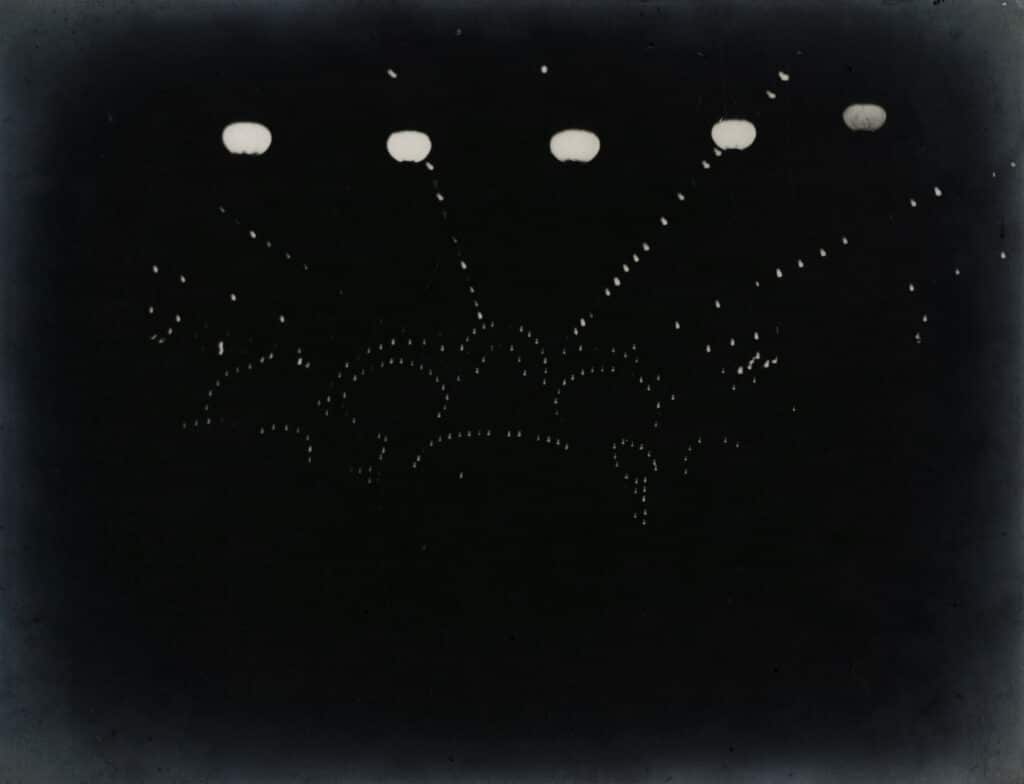
He moved to Paris in 1921. In the French capital, Man Ray’s revolutionary techniques, which blended art and science, such as solarization and the invention of rayographs, presented him as a modern Renaissance man. He once said, “Life is an instant […] there’s no time to do two things alike.” He settled in the Montparnasse district, met and fell in love with French singer and model Kiki de Montparnasse, who became his muse. As did photographer Lee Miller a few years later. He frequented the Beaumont balls and cabarets, including the Boeuf sur le toit and the Jockey.
He also met fashion designer Paul Poiret. His many fashion photographs, published in magazines, helped to make him a household name. To his great regret, he never had the opportunity to take the couturier’s portrait. In his memoir, he confides that when Paul Poiret died, he sent a photograph of the couturier’s personal physician to a newspaper as a portrait of Poiret, and it was published as such.
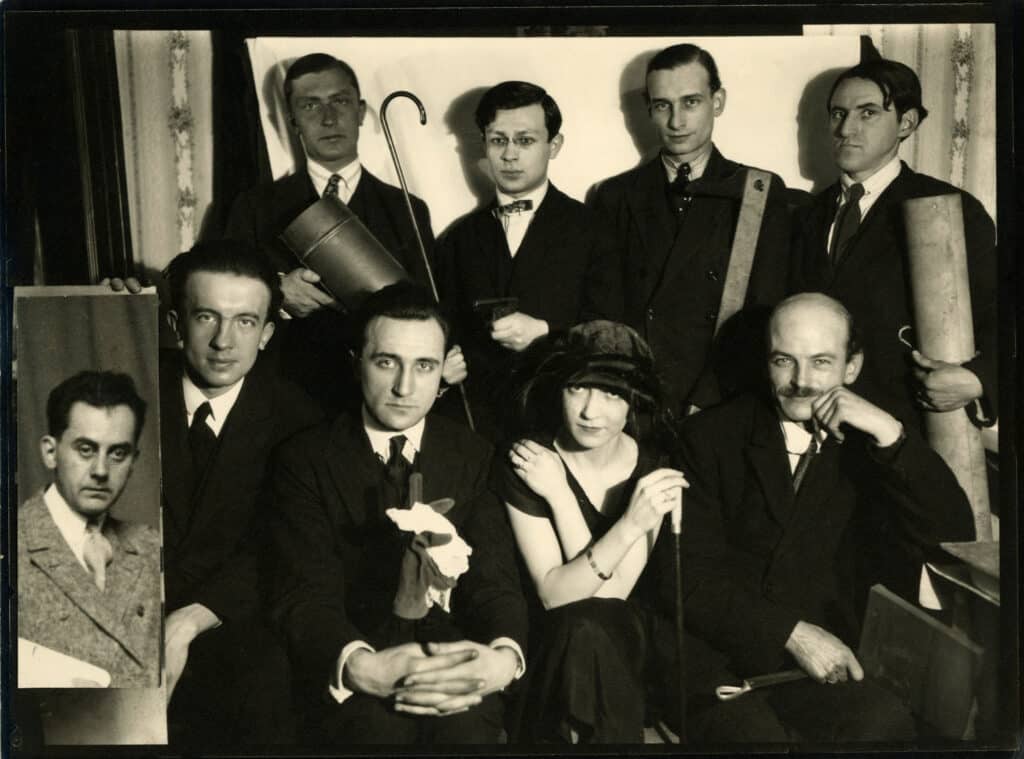
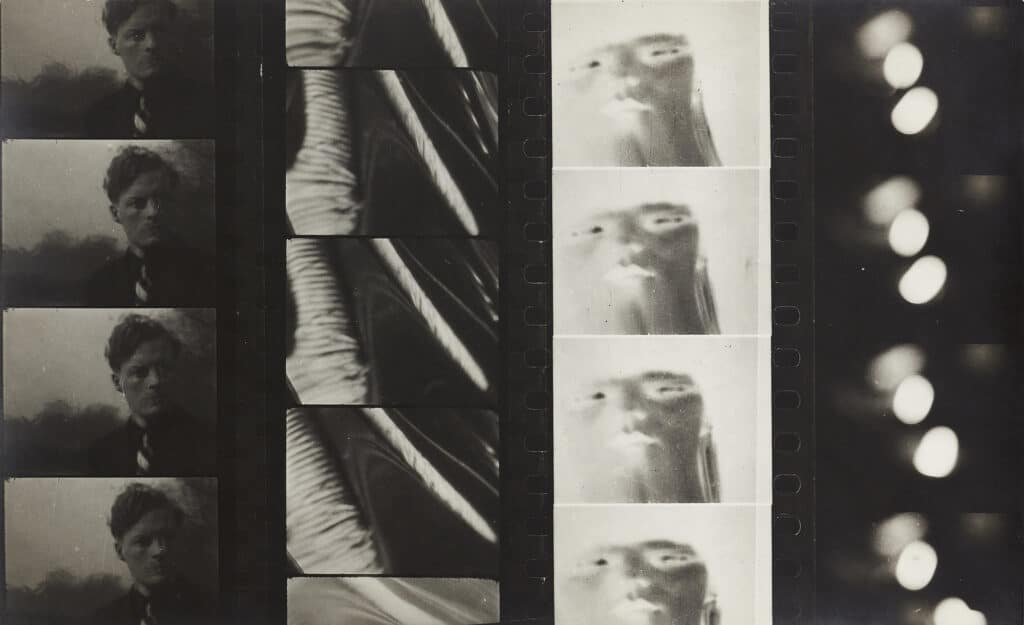
In addition to Vanity Fair, he contributed to Littérature, Vogue (French, English and American editions) and La Revue Surréaliste. For twenty years in Montparnasse, Man Ray revolutionized photographic art. The great artists of his time posed under his lens, including James Joyce, Gertrude Stein and Jean Cocteau. He also helped to promote the work of Eugène Atget, whom he introduced to the Surrealists and his assistant Berenice Abbott. Proof that the area was of particular importance to the man, Man Ray is also buried in the Montparnasse cemetery, where his tombstone bears the epitaph: “Unconcerned, but not indifferent”.
Back to New York
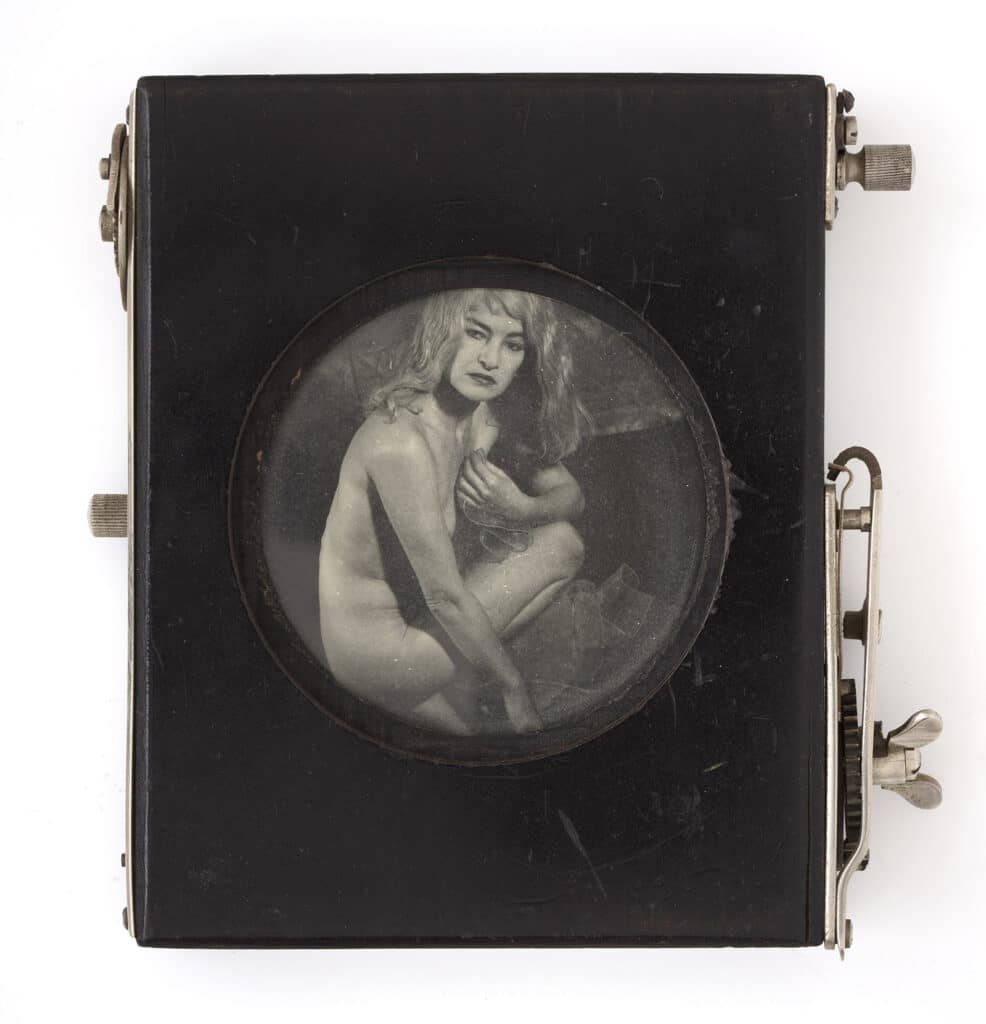
Featuring close to thirty works spanning the artist’s early to mid-career and culled from the Gallery’s extensive archive, “Le Baiser de Man Ray” is a compelling display of wonders that will surely surprise, fascinate, and seduce even the most ardent Man Ray aficionado. The exhibition, with a cross-section of remarkable photographs and photo montages, demonstrates the artist’s extraordinary quest for “newness” while representing a unique view of his creative output. Included are seminal examples of his early film stills, solarized nudes, ready-mades, self-portraits, Rayographs, and masterworks of Surrealism, from the known to the newly discovered.
Highlights include a likely unique film still from one of Man Ray’s first films, “Emak Bakia, 1926”: This photograph, featuring brushstroke-like gestures of light against a black background, embodies surrealism and is arguably a predecessor for Abstract Expressionist photography of the 1940s. It reflects Man Ray’s wishes to “free myself of the sticky medium of paint and […] work directly with light itself.” Also on view is a group portrait of the Dada movement’s Paris branch members, with a photograph of Man Ray affixed to it, and an oversized exhibition print of “Cheveux, Marguerite ‘Ghita’ Luchaire, 1929,” one of three known in existence and the only one in private hands.
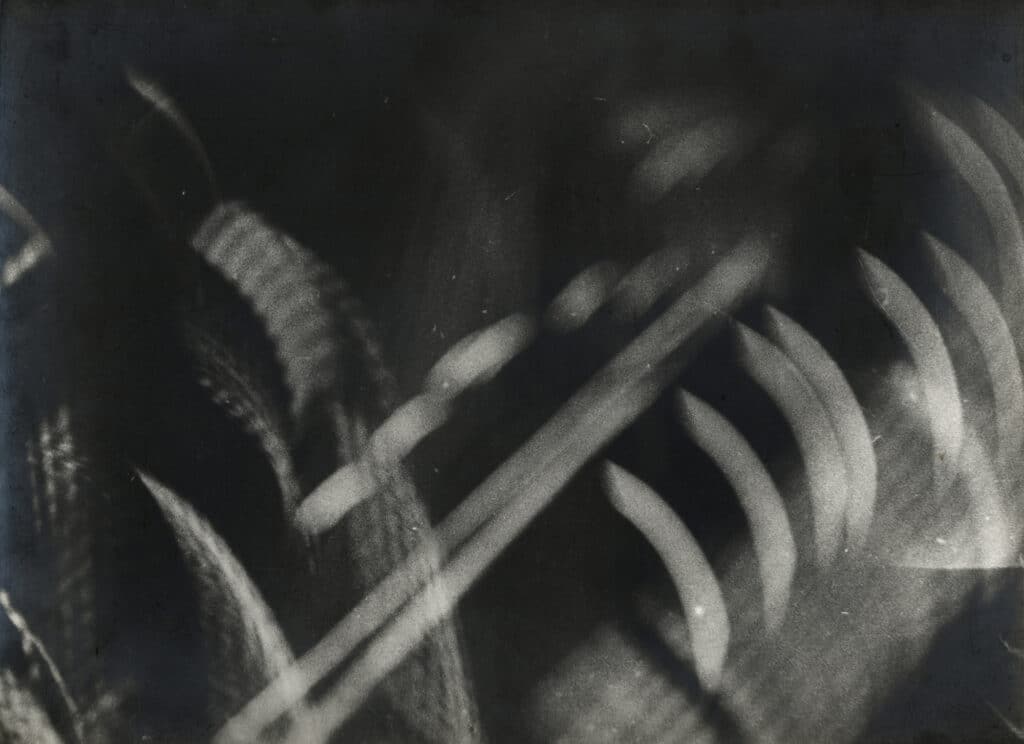
At the heart of the exhibition is a singular, original photograph by Man Ray from 1930, “Le Baiser,” showcasing the delicate interplay of two profiles – legendary artist Lee Miller and an unidentified woman – their lips barely touching. This image, marked by its sharp focus against a softened background and the artist’s tangible alterations, embodies a moment of artistic determination. The uncropped contact print, once folded and manipulated by Man Ray, serves as a crucial reference for his final edit, “Le Baiser, 1935,” and later, the subject of his painting, “Image à Deux Faces, 1959”.
The exhibition at Bruce Silverstein Gallery is more than an homage to one of the great artists of the 20th century; it offers a refreshing lens on Man Ray’s evolution from an early Dada proponent to a Surrealist master, reinforcing his status as a central figure in modern art. This exhibition posits that at the heart of Man Ray’s diverse body of work lies an enduring commitment to photography; it is a loving caress to each and every one of us by an artist whose love of life can be seen in every one of his creations.
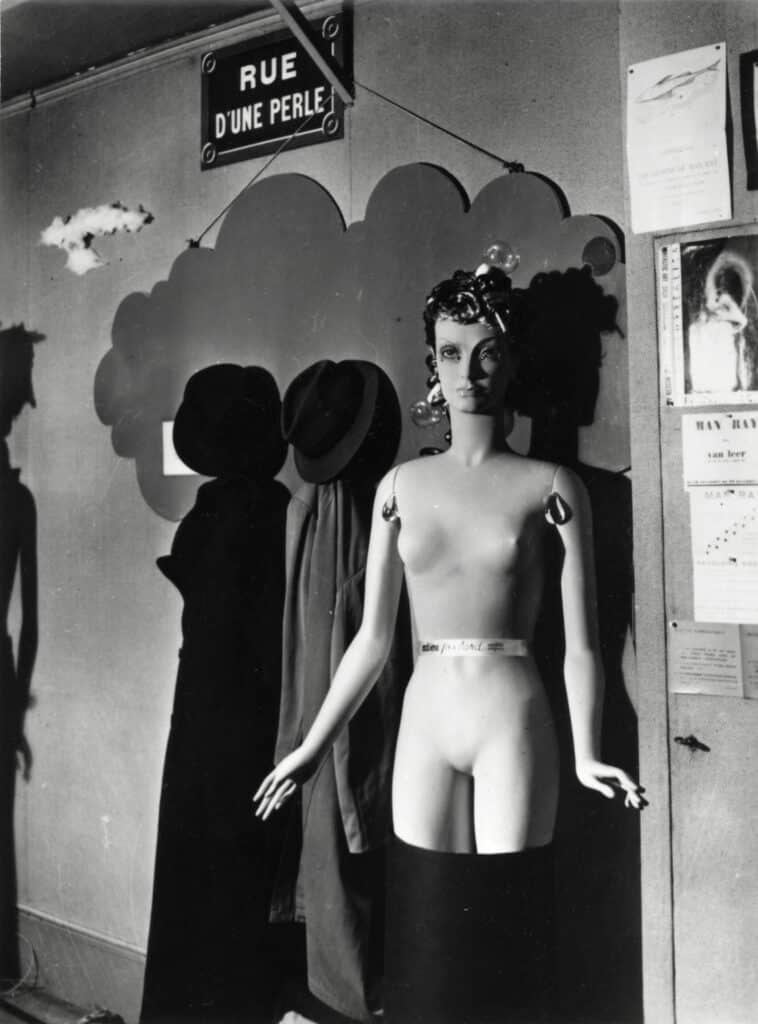
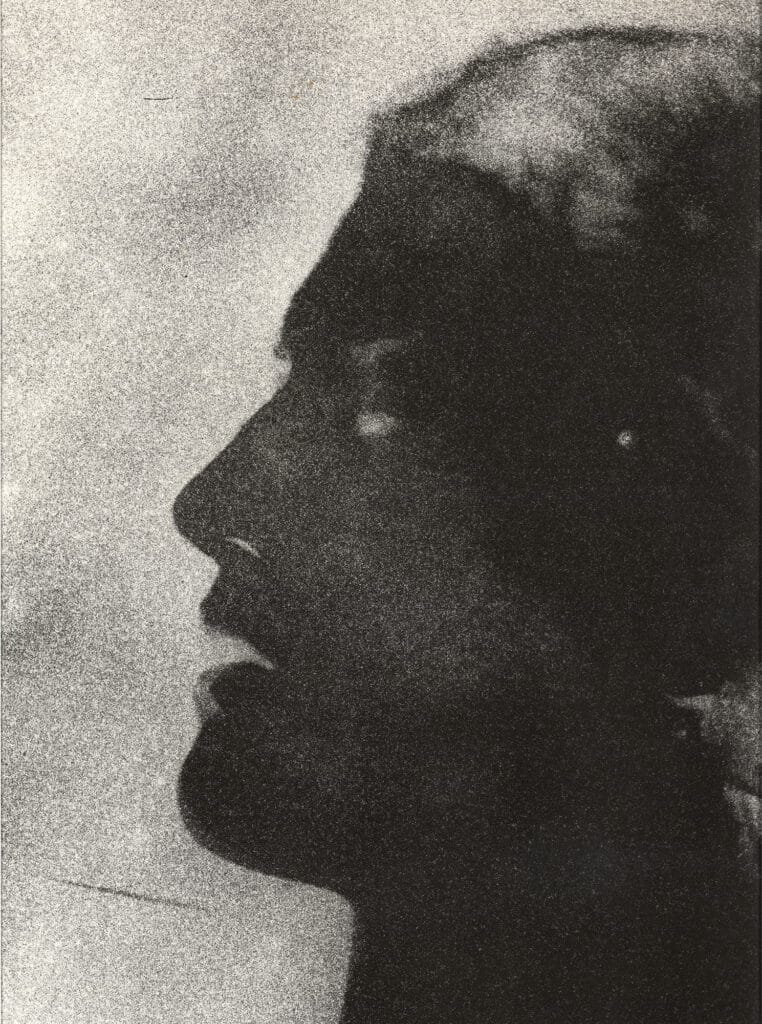
“Le Baiser de Man Ray” is on view until June 15, 2024 at Bruce Silverstein Gallery, New York.

